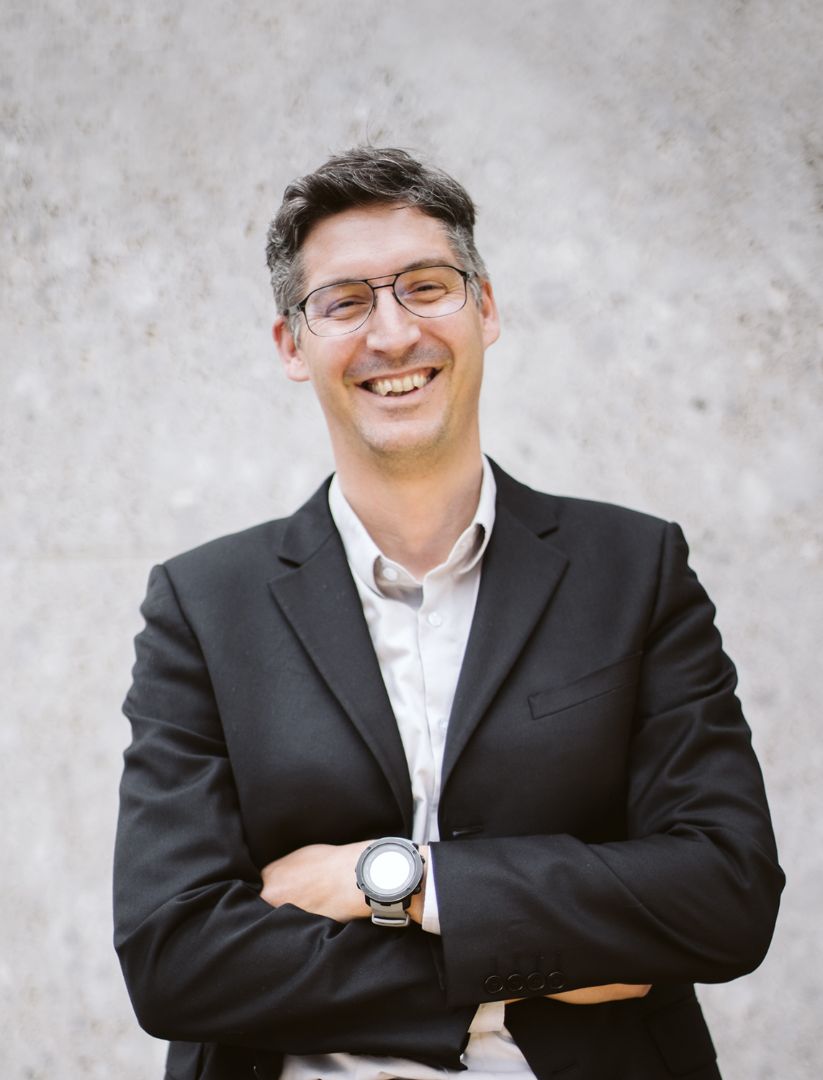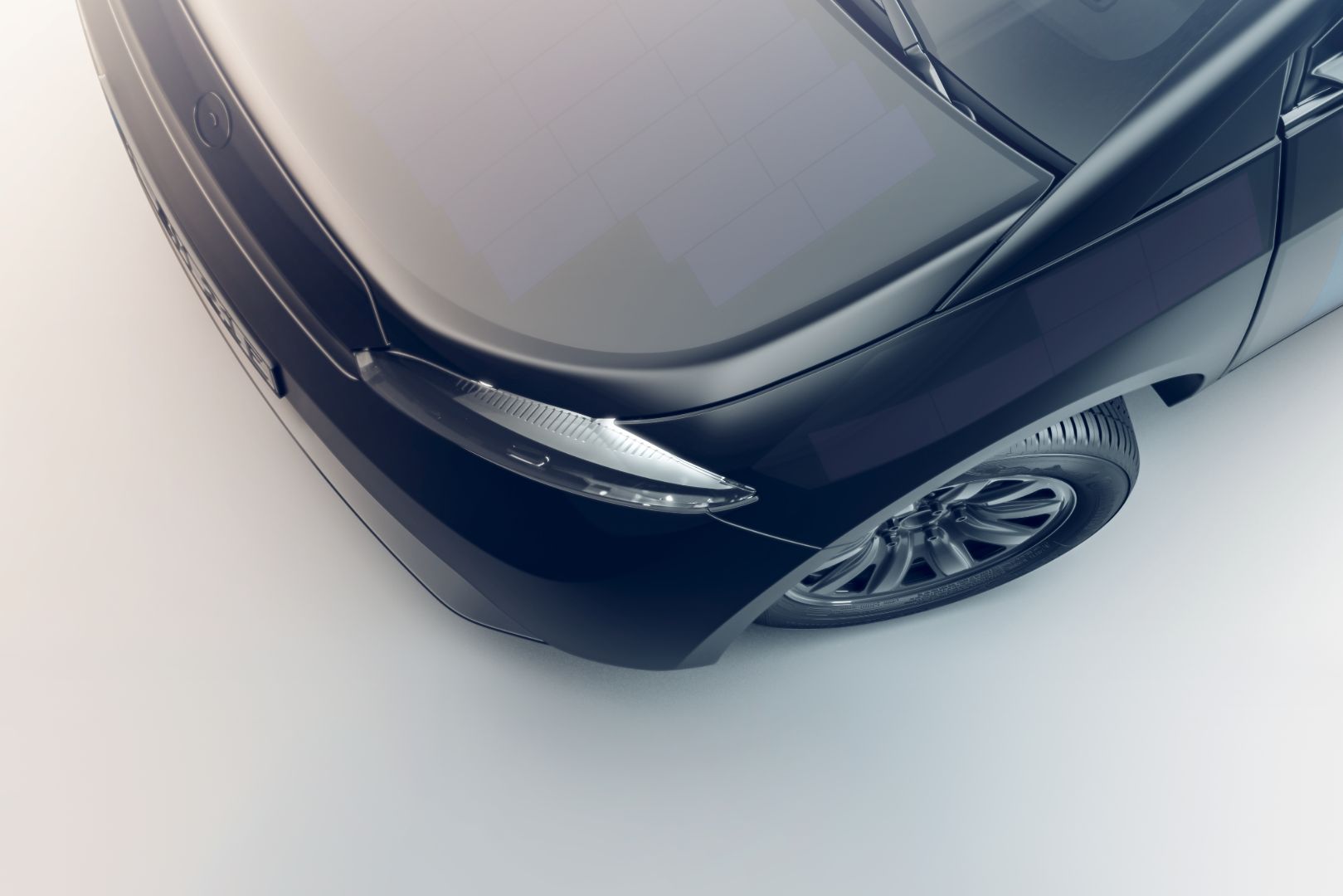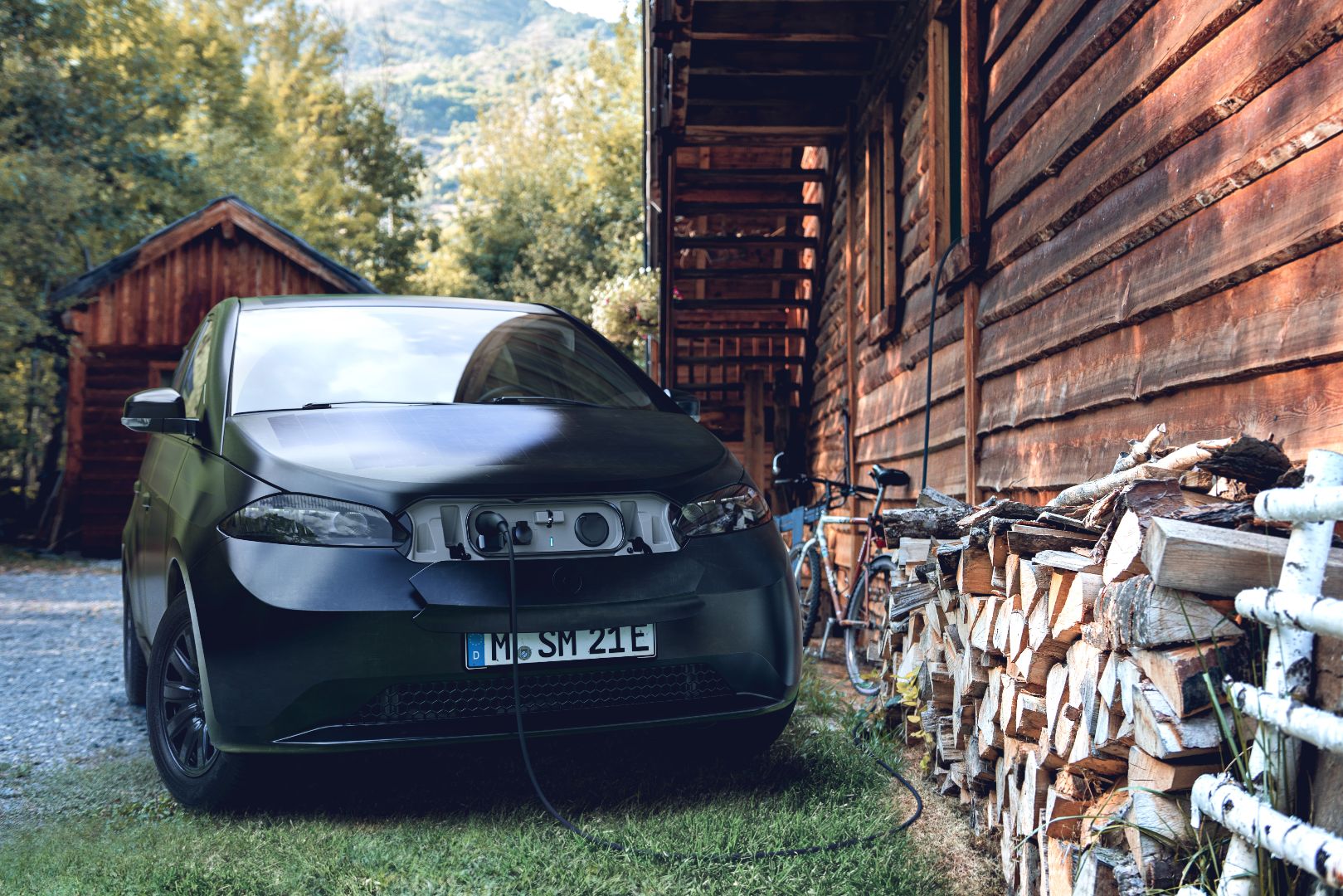Features
The IP within the panels of the Sion solar powered e-car
08 April 2021
Mathieu Baudrit, Head of Research and Development Solar Integration at Sono Motors talks to 4iP Council about the solar powered innovations within the Sion car.
Sion is a spacious electric car with a range of up to 255 kilometers. Developed by Sono Motors it charges itself through the power of sunshine absorbed via a coating of hundreds of solar cells integrated into polymer. The cells harness and convert sunlight into energy, which is stored in the vehicle's battery. Sono Solar Technology enables the Sion to drive up to 35 km per day free of costs and without CO₂ emissions. Mathieu Baudrit, Head of Research and Development Solar Integration at Sono Motors talks about the innovation and the market potential for Sono Solar Technology.

How did the company, Sono, come about and how has it evolved?
Sono Motors was founded by life-long friends in 2016: Jona Christians, Laurin Hahn and Navina Pernsteiner who, inspired by a physics teacher at school went on to build the first prototype of the Sion car in the garage of one of their fathers. Now headquartered in Munich, Germany, the company employs around 120 people to realise a vision of CO₂ emissions reduction.
We need to stop wasting our planet’s resources. CO₂ emissions must be reduced. We are taking matters into our own hands by making clean mobility affordable for everyone. For you. For generations to come. Source: sonomotors.com
The Sono team combines international young talents and industry veterans, including former employees from BMW, Nissan Motor Company, Chrysler Group, DaimlerChrysler, Mercedes-Benz, FlixBus and myTaxi. Since its foundation, the company has raised about €100M through reservations and funding.
Sono released its first generation car prototype to the public in 2017: to date, more than 12,800 people have pre-ordered and partially paid for the vehicle. In 2018, Sono Motors was recognised as a Solar Impulse Efficient Solution by the Solar Impulse Foundation and in January of 2020, Sono Motors successfully closed one of the biggest community crowdfunding campaigns in Europe raising €45 million. The Sion is expected to have the lowest Total Cost of Ownership (TCO) in its category at the time of production.
What is the core innovation in the Sion and how did the founders start to protect and leverage this innovation?
The Sion is the first full only polymer photovoltaic car on the market. Toyota has developed a car with a solar roof but this is made of glass. Polymer is a much lighter material than glass and its use on the Sion’s body panels removes the need for paint work. Polymer is a cost-effective, flexible material which can be applied to the shape of a car. It is also robust and has a proven track record in vehicle use as most electric cars already use it, just not as solar panels. We developed a new engineering process involving injection modelling to use polymer photovoltaic on the Sion and this has enabled the seamless integration of the materials within the car.
Sono has filed several patents with others coming. Prior to joining Sono, I managed a research lab in France with an associated patent portfolio, so I’m familiar with the patent system and have been able to leverage this experience.


What has been the most difficult step so far?
Taking a concept to reality is a very difficult step for any inventor. When starting out you don’t have the internal departments available to a big company yet you need to achieve concept confirmation to find and convince partners to come on-board. Our ideas for the Sion were very innovative, crazy to some. What persuaded people to invest in Sono is, I believe, the whole mindset of the company. We are providing an affordable solution that is as ecological as possible. Our first partner was the german automotive supplier, ElringKlinger for the battery. Borsh, Continental and a Finish company called Valoe that is specialised in photovoltaic have also come on-board, sufficiently seduced by our concept to want to bring it to reality.
" What persuaded people to invest in Sono is, I believe, the whole mindset of the company. We are providing an affordable solution that is as ecological as possible."
Who orders Sion cars today? Are you seeing a new, growing generation of e-conscious consumers?
12,800 people have, so far, reserved a Sion despite the fact that the vehicle may not be available for at least one year. We’re seeing more and more young people show an interest in the car driven by a change in the attitude to cars in general. These people see a car as a means of getting from A to B and not as a status symbol. Owning a car is to them a responsibility. With the Sion, we’ve managed to disassociate from the notion of social status. Car and ride sharing capabilities are integrated into the car as is the possibility to share the car’s energy with other devices.
Can you tell us more about your plans to license the innovations within the Sion?
There is an opportunity for us with licensing because the use of polymer photovoltaic is applicable on many vehicle types and more widely in many domains. We don’t want to keep it only for our vehicles. One strategy is to license the right to use our patents to give others the right to produce solar powered vehicles. We’ve seen a lot of interest across the transport sector – trucks, rail, marine and automotive. EasyMile, our first licensee, develops taxi robots, such as the EZ Passenger Shuttle, and will use our patents to evolve their fleet. The applications beyond transport are numerous but, right now, we want to focus on our goal of making mobility sustainable.
What have been your most significant challenges to date and how did you overcome them?
There are always challenges. A start-up needs to bring in partners and knowledge and it needs to hire the right people with the right competences; people who share the vision. Finding such people can take time. Another challenge was building the prototypes we shared at CES[1] in January 2021. We are still developing many things so have had to build many prototypes quickly to test our thinking, learn, apply and re-test. When talking about new manufacturing process the use of simulation is less applicable because the maturity of the concept isn’t there to work with.
What has been a highlight so far?
The best moment so far this year for me was our second generation prototype launch. Next to the second generation prototype of the Sion, we presented the first prototype of a photovoltaic trailer. Applying the polymer photovoltaics to the trailer required us to work in a new building that is much larger than the one we currently have. The team was working in winter without heating in the building. We had a lot of late nights, ordering a lot of pizzas.
The huge market interest that prototype has generated has been really encouraging. For example, many trailers carry a diesel battery on-board to keep food chilled during transport. Just by applying our innovation to the trailer we can eliminate the need for that diesel power cooling engine resulting in a huge sustainability impact on the transport of food.
What is your vision for this technology in the future, say in five or in ten years?
Our aim is to help enable the transition towards a more sustainable future. Our innovations have a broad range of applications so there is potential for massive adoption.
What advice would you offer policy makers seeking to encourage people such as yourselves towards becoming innovative entrepreneurs?
It is clear that the world is changing with more and more new companies being created. Start-ups don’t have the same visibility as big groups even if their solution is excellent. I would encourage policy makers to engage in conversations and collaborations with new companies that have new concepts and to take on the role of helping to make them more visible: help them to make a name, build a network, meet potential customers and build their place in the market.
What is your advice for other inventors and entrepreneurs?
If you think your concept is good follow it and fight for it. Most of the big ideas in history were treated as absurd at the outset: Darwin, Nikola Tesla, Newton all met opposition. If you believe in your idea expect and accept that people calling you crazy is part of the course. Fight for your idea.
Author: Emma Bluck
Useful links
- Sono Motors milestones
- Founders story
- Video with Mathieu on solar integration
- Explore 4iP Council’s resources 4SMEs
Sign up to 4iP Council’s newsletter for details on our free webinars for SMEs on managing and using IP.
The views expressed in this feature are those of the interviewee and may not reflect the views of 4iP Council or its members. The purpose of this feature area is to reflect thinking on the topic of intellectual property and enable open discussion.
[1] Consumer Technology Association (CES). Claims to be the most influential tech event in the world.



